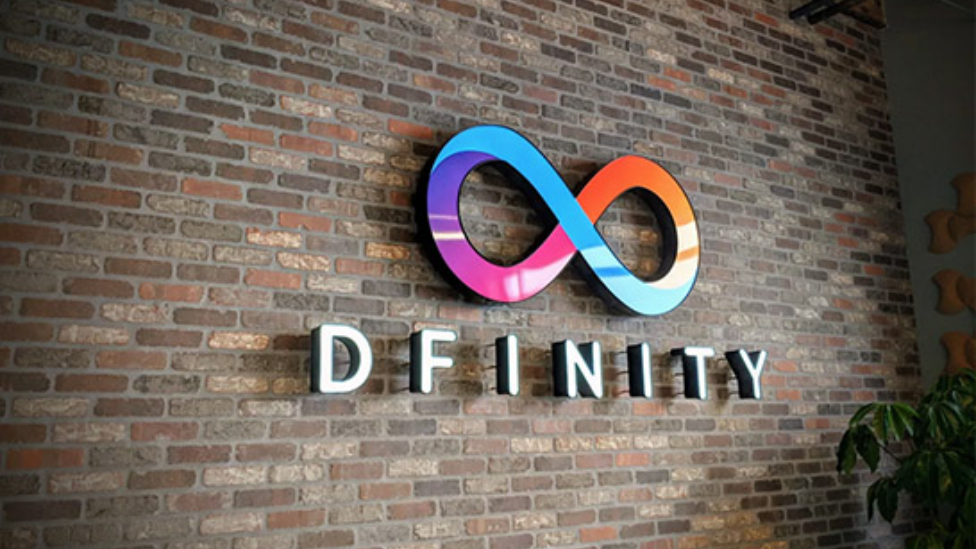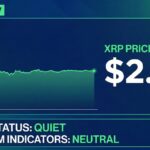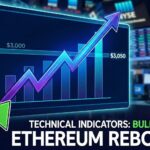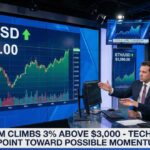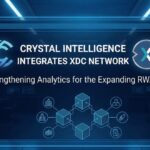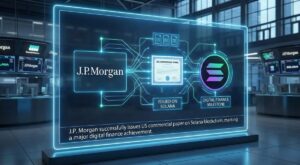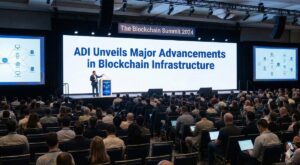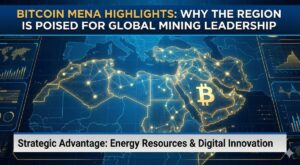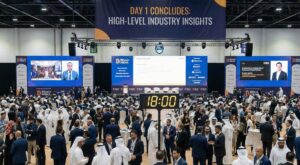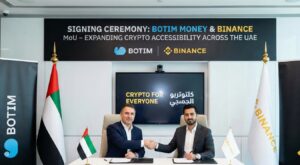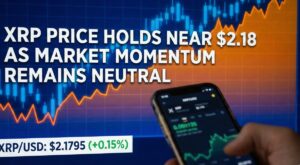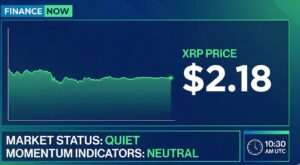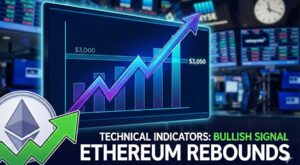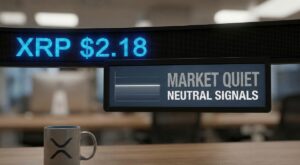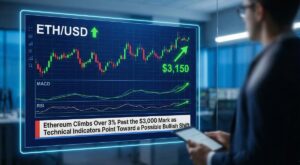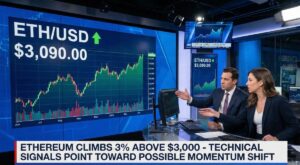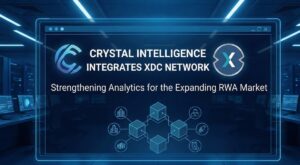Roland Berger has established a partnership with The DFINITY Foundation. This partnership comes after Roland Berger announced the adoption of the Voluntary Recycling Credits (VRC) standard to address the expanding global waste crisis last year June.
The main goal of this partnership is to develop the fundamental technology for the world’s most popular global recycling incentive standard. This particular standard stands out for using blockchain technology to create a transparent and safe monitoring system for recycling credits.
The VRC Standard and Blockchain
The VRC standard, inspired by the Voluntary Emission Reduction (VER) model used in the carbon market, is a unit associated with a certain amount of recycled materials, such as plastic or aluminum. Infusing blockchain technology into the VRC standard is an essential element that makes the standard successful.
Blockchain’s decentralized and tamper-proof characteristics foster a visible, verifiable, and secure record for recycling credits and transactions. This openness fosters confidence among all parties involved by maintaining the authenticity of the credits that trash producers and recyclers buy, sell, or trade. Moreover, once a credit is recorded, the blockchain’s immutable properties make any altering or duplication impossible. This maintains the integrity of the whole VRC system.
DFINITY Foundation Role
As the project’s technology partner, the DFINITY Foundation will provide a solution built on the Internet Computer blockchain.
The Internet Computer, sometimes called “Cloud 3.0,” stands out as a flexible layer-one blockchain that is fundamental. This network, which has been in operation for more than two years, has over 750 million transactions processed per day—a substantial increase from the network’s first year of operation. It also boasts an outstanding zero uptime record. It is the first blockchain network that can support corporate systems and social networks, offering an alternative to conventional IT infrastructure.
The partner in charge of Roland Berger’s worldwide Digital Assets, Web3, and Metaverse Practice, Pierre Samaties, emphasized the critical importance of choosing the right blockchain technology for a project of this scale. The DFINITY Foundation’s exceptional ability to balance decentralization, security, usability, and storage capacity led to the choice to work with them and make use of the Internet Computer blockchain.
Additionally, the Internet Computer blockchain is recognized for its sustainability, using far less energy as compared to other blockchain initiatives that compete with it and traditional Web2 technology.
The VRC’s overall goal goes much beyond waste management; it also seeks to support the establishment of extended producer responsibility initiatives and restructure supply chains in order to reduce dependency on raw resources and increase the substitution of recycled materials.
The VRC offers a means for companies who are committed to minimizing their environmental impact to achieve their goals by offsetting the trash that they produce and release into the market. Businesses that operate in areas with no recycling infrastructure can especially benefit from this. Companies may exchange excess recycling credits to create a thriving marketplace by using blockchain-based tokens that provide verified credits in line with the UN Sustainable Development Goals.
Increased investments in collection and recycling technologies benefit recycling organizations and create a financial support loop. In order to promote sustainable loops for resource management within the market, the VRC aims to standardize and codify procedures.
Takeaways
Roland Berger and the DFINITY Foundation joined forces to develop the technology for the world’s most popular global recycling incentive standard with blockchain technology.

